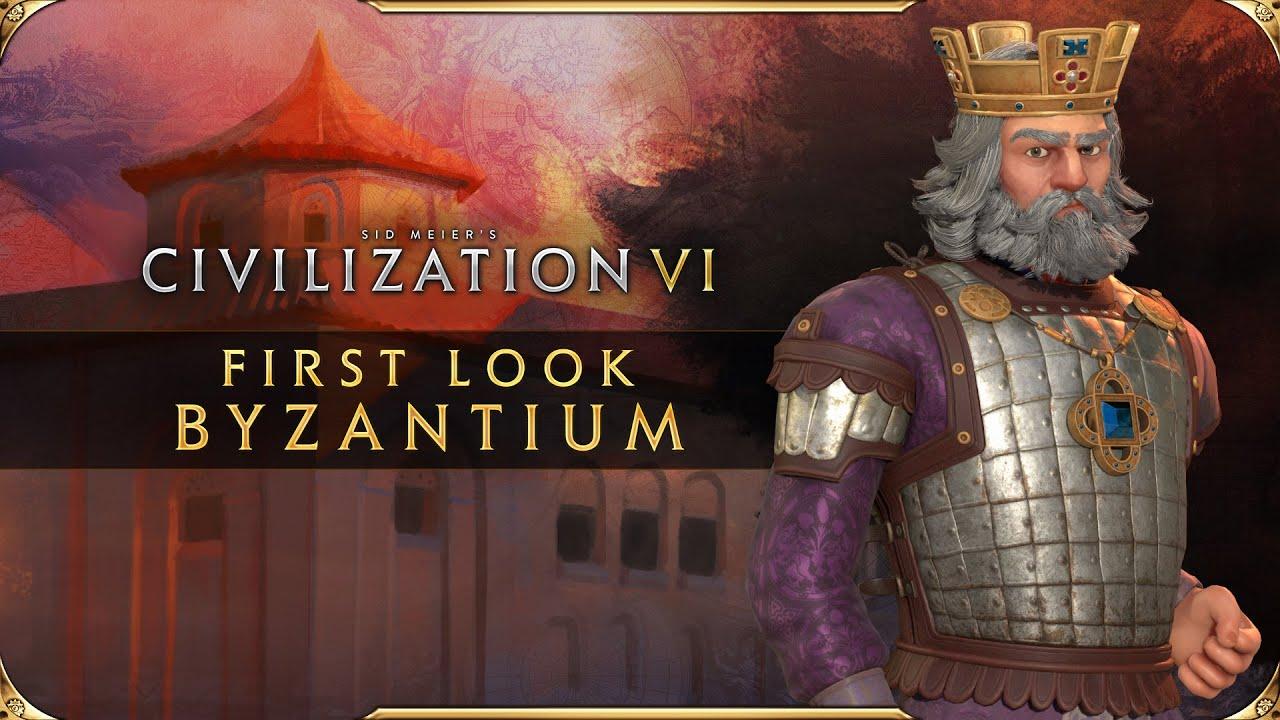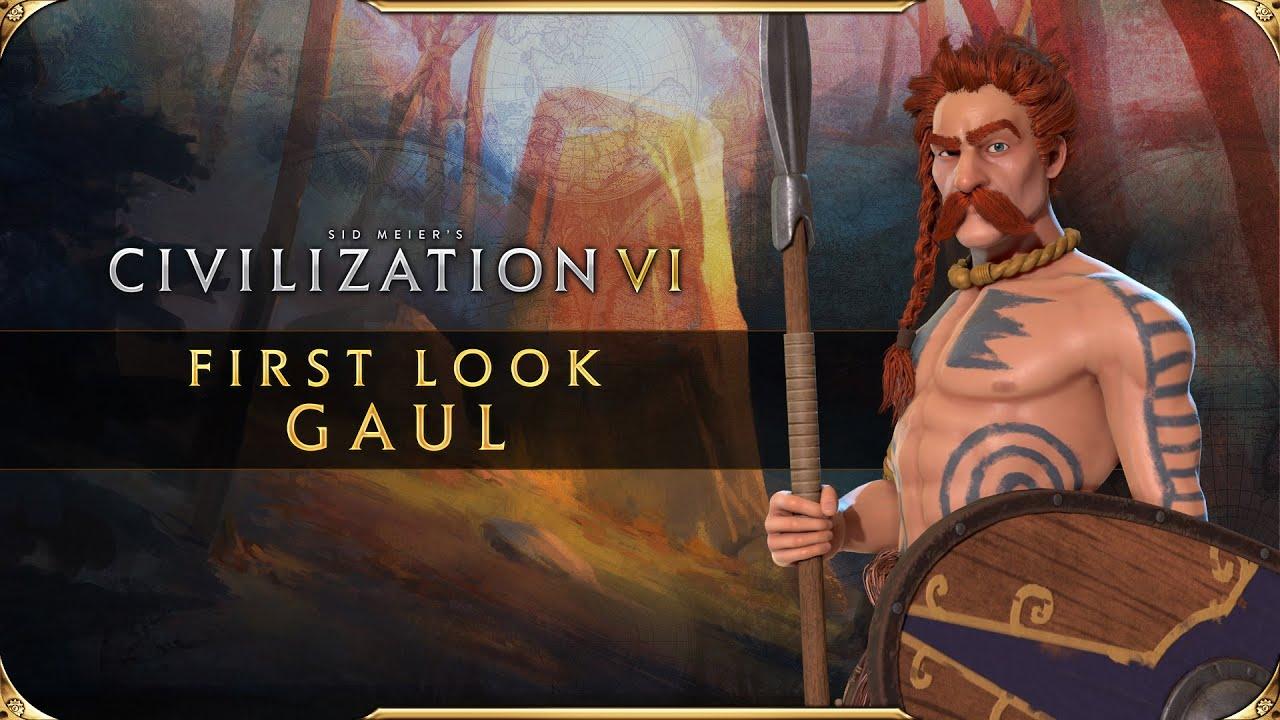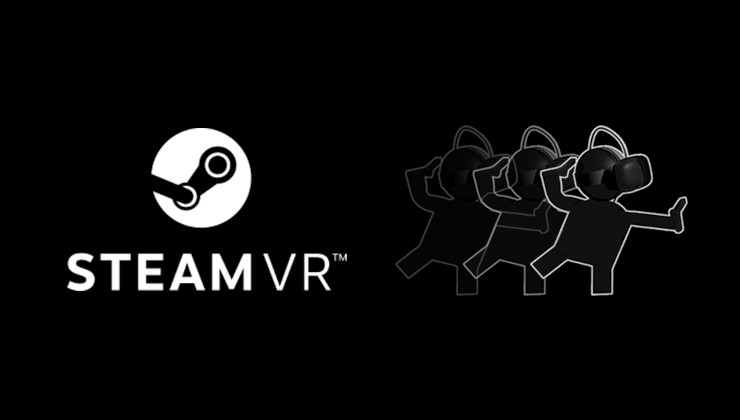Sid Meier's Civilization VI has another expansion out now for the New Frontier Pass with the Byzantium & Gaul Pack available now.
This is part of their ongoing process hopping between new DLC and afree upgrades, with this available now to anyone who owns the New Frontier Pass or you can buy it directly. If you do own the New Frontier Pass instead of picking up each newer DLC, they're throwing in the exclusive Teddy Roosevelt and Catherine De Medici Persona Packs.
You can see a video overview of each new civ below, main points of each below the video:

Direct Link

Direct Link
Here's a quick overview of each new civ and leader:
Byzantine Empire with Basil II, the Dromon Ship and the Tagma unique units, and the Hippodrome unique district.
- Civ Unique Ability: The “Taxis” ability gives units additional Combat Strength or Religious Strength for each Holy City converted to Byzantium's Religion. Byzantium's Religion spreads when an enemy unit is defeated. Cities with Holy Sites earn bonus Great Prophet points.
- Leader Unique Ability: Basil’s “Porphyrogénnētos” ability allows Heavy and Light Cavalry units to do full damage against cities following the same religion as Byzantium. Basil gains the Tagma unique unit when the Divine Right civic is discovered.
- Unique Units: Byzantium features two unique units.
- The Dromon replaces the Quadrireme, has additional range, and receives additional Combat Strength against units.
- The Tagma replaces the Knight and grants nearby land units additional Combat Strength or Religious Strength.
- Unique District: The Hippodrome replaces the Entertainment Complex district, is cheaper to build, and provides additional Amenities. Grants a Heavy Cavalry unit when the Hippodrome and its buildings are constructed.
Also includes the Gaul civilization with Ambiorix, the Gaesatae unique unit, and the Oppidum unique district.
- Civ Unique Ability: The “Hallstatt Culture” ability allows Mines to provide a minor adjacency bonus for all districts, Culture Bomb unowned territory, and grant additional Culture. Specialty districts cannot be built next to the City Center and do not receive adjacency from other districts.
- Leader Unique Ability: With the “King of the Eburones” ability, Ambiorix’s civilization gains additional Culture based on unit cost when a non-civilian is trained. Melee, anti-cavalry, and ranged units receive bonus Combat Strength for every adjacent combat unit.
- Unique Unit: The Gaesatae replaces the Warrior. It is more expensive to train, but receives additional Combat Strength when fighting stronger units and district defenses.
- Unique District: The Oppidum is cheaper and available earlier than the Industrial Zone and unlocks the Apprenticeship technology when constructed. It is defensible, offering its own ranged attack, and receives a major adjacency bonus from Quarries and strategic resources.
On top of the new leaders and civs, there's also a brand new game mode available if you have either one of the Rise and Fall or Gathering Storm expansion. It's called Dramatic Ages, where the stakes of each age are much higher. Aside from the initial Age, each Age will be either Golden or Dark, depending on the civilization's Era Score.
Also included are two new World Wonders:
- Biosphere. Increases Appeal from all Marsh and Rainforest tiles. In the Gathering Storm expansion, it boosts Power and Tourism. In other rulesets, it grants bonus Science for every Marsh, Rainforest, or Woods in the city that built it
- Statue of Zeus. Gives free military units to the city that controls it and increases Production towards anti-cavalry units.
You also get a new map type with The Highlands, a large region dominated by hills and mountain ranges.
There's also a free update for everyone which brings in balance changes, UI improvements, some AI fixes and a few crash bugs have also been solved.
With this out now, the next free major update should be before the end of November, which is when the next DLC is due to release which will have another new civilization, two new leaders and a new game mode. This continues their free update -> paid DLC switching model which carries on until at least March 2021 so we can expect at least 3 more major free updates and 3 more DLC in total.
Sid Meier's Civilization VI is for Linux is available on the Humble Store and Steam.
Would have better fitted the Hallstatt Culture, which, while it also reached Gaul, was by far not limited to that region. Hallstatt itself is considered to be on the border between "western Hallstatt culture" and "eastern Hallstatt culture", and is already located quite a bit east of Gaul...
Quoting: soulsourceI think the Gauls should just have been called Celts.I think you took the stuff in the inverse sense they had: they first defined their civilization as Gauls and try to find specificities with keywords, which came through 'Hallstatt' to name the wide art style Gauls developed. Ambiorix is quite an anonymous king in Gauls, and archeology already demonstrated that all the tribes didn't consider them as 'Gauls' and showed strong difference in their politics, art and culture. Gauls are construction of Roman historians. Gauls are too complex (and celts at a even higher level) to be united under one civilization. You see that in Hallstatt: you have 'core' and 'influence' area, and the core is defined because German defined it like that. Moreover, by saying Gauls, they target the end of La Tène III period, thus the Gaul as Romans described in their writings, thus corresponding to part of France+Switzerland+South-Belgium+western-Germany.
Would have better fitted the Hallstatt Culture, which, while it also reached Gaul, was by far not limited to that region. Hallstatt itself is considered to be on the border between "western Hallstatt culture" and "eastern Hallstatt culture", and is already located quite a bit east of Gaul...
The most know and powerful Gaul king in the remaining writings was Ambigatos (or Ambigat) king of the Bituriges Cubes, which power, wealth and economics scared and threatened early Roman civilization but also grecs and other Mediterranean civilizations, and German and britains as they raid them every year during the 'raid season' when field works have ended to get cattle, slaves and for fun (in their culture a way to gain prestige). His nephew even conquered, sacked and burned Roma as a challenge at the end of Ambigatos reign and this nephew (Bellovèse)settle down is kind for centuries in the north plain of actual Italy (he built and reigned on Milano, Venice and Torino, and his descendents too, even under Julius Cesar), which structured all the roman politics for centuries afterwards and give so much credit to Julius Cesar when he succeeded, by a trick (he leaned on the threat of the Helvetes from Genova that decided to conquer the eastern Gauls after difficult momentous successions all at the same time in bituriges, sequani and senones, helped by allobroges as spies) to conquer them: he put an end to this sword of Damocles on the head of Romans, only Gauls may threaten them (by its production of wealth, his renown warriors and advanced technologies specially on blacksmithing, war-machines, cavalry technics). We can't understand the early Roman civilization without this 'Gaul menace'- in fact historical alliance between Avernes, Turones, Senones and vassal tribes under the direction of Bituriges, corresponding the center of actual France and Alps western part- that structured all their developments.
end of my course XD
Quoting: Purple Library GuyBut what about chief Vitalstatistix? And where's the special "Magic Potion" technology?Exactly what I was thinking. But it would break the game having an invincible army.
Last edited by jordicoma on 26 Sep 2020 at 12:45 pm UTC







 How to setup OpenMW for modern Morrowind on Linux / SteamOS and Steam Deck
How to setup OpenMW for modern Morrowind on Linux / SteamOS and Steam Deck How to install Hollow Knight: Silksong mods on Linux, SteamOS and Steam Deck
How to install Hollow Knight: Silksong mods on Linux, SteamOS and Steam Deck